Bone grafting, or transplanting of bone tissue, is used in fixing bones that are damaged from trauma or problem joints. Natural teeth are aligned in the jawbone in the mouth. When a tooth loss occurs due to any reason, the portion of the jawbone that carries the root is weakened. This weakening can be compared to the weakening/atrophication of an unused muscle over time. In most cases, bone grafting is performed to prevent this bone weakening effect that is diagnosed during the decision phase of the implant application.
In dentistry, autogenous bone grafting is often preferred. The tissue is transferred from the healthy neighbouring areas of the patient to the area to be treated. This method, which does not cause any reaction since it uses the patient’s own tissue, is less costly than the other methods and the recovery time is shorter. Autogenous bone grafting will be needed to achieve adequate density in implant application, but, it is also used in the treatment of total prosthesis deficiencies in bone density and in the treatment of cysts occurring in the jawbone.
How is bone grafting performed?
Bone grafting is a fairly simple procedure which may be performed under local anaesthetics. In some cases, which will be determined by the patient’s condition, this procedure can be performed in the hospital with sedation or under general anaesthetics. In particular, the chronic diseases of the patient and the size of the area to be grafted also determine the type of operation. In cases where a small area requires grafting, implantation can be performed on the same day. Your doctor will provide the necessary conditions to avoid pain during the operation. Then there is a swelling due to the procedure performed on the jawbone, which is normal. You can prevent pain by regularly using the medication that your dentist recommends.
During your recovery, you should also maintain a healthy diet and pay attention to the hygiene of the grafting areas. You should not prefer hot or hard foods during your recovery. As you will have stitched wounds in your mouth, taking care of hygiene will accelerate the healing process. After 3 months of autogenous bone grafting (depending on the patient and the amount of graft used) a complete fusion is achieved. Implant treatment can be started from this period on.

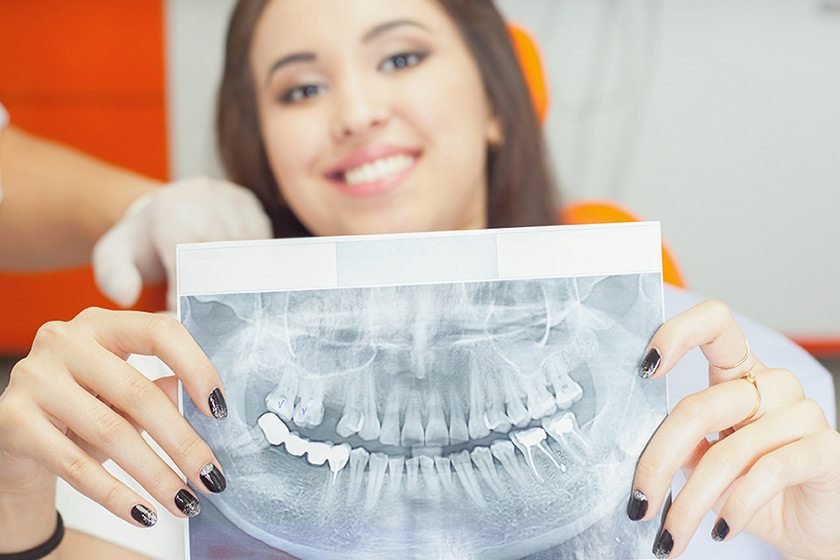
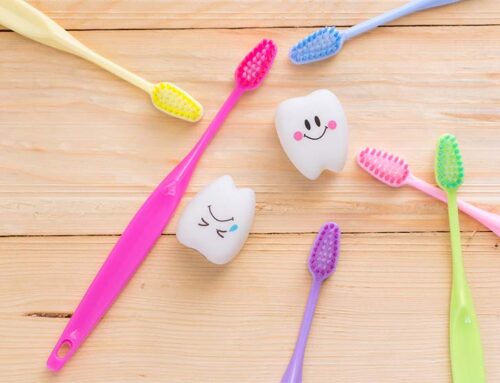
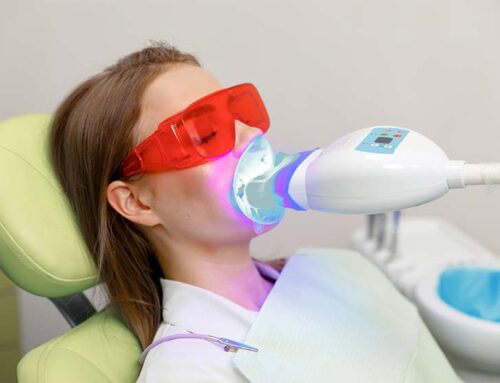
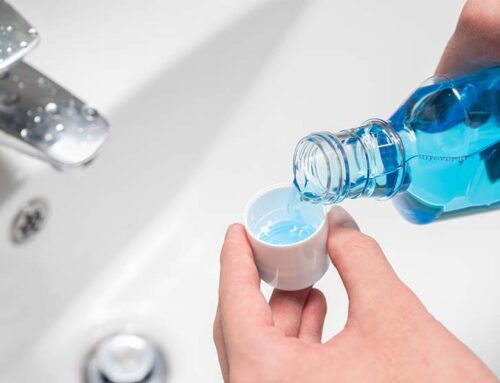
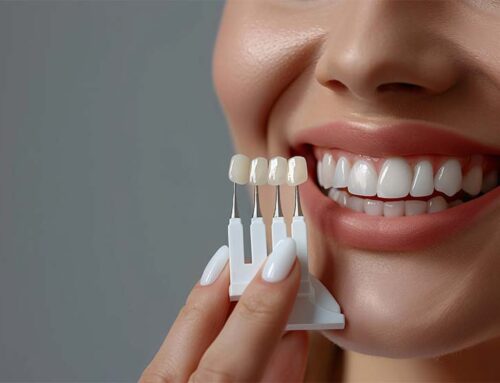
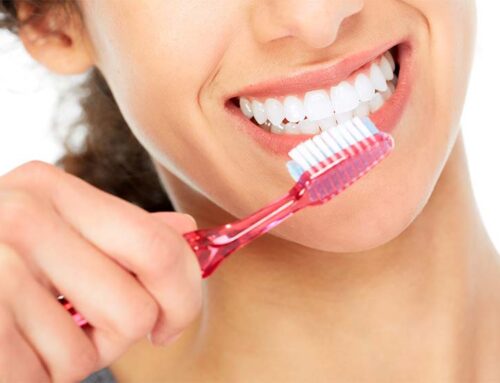
Leave A Comment